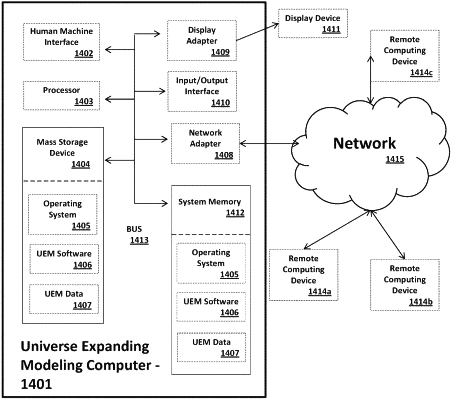| CPC G06Q 40/03 (2023.01) [G06Q 10/067 (2013.01)] | 21 Claims |

|
1. A computer-implemented method for enhancing modeling for credit risk scores, comprising:
identifying and selecting an enhanced performance definition that aligns with a standard performance definition associated with a pool of consumers, such that there is an expanded pool of consumers associated with the enhanced performance definition, comprising:
identifying the standard performance definition, associated with the pool of consumers;
identifying a plurality of potential enhanced performance definitions which provide more information than the standard performance definition;
selecting the enhanced performance definition from the plurality of potential enhanced performance definitions, the enhanced performance definition aligning with the standard performance definition; and
adding a population segment, associated with the enhanced performance definition, to the pool of consumers, thereby creating an expanded pool of consumers;
generating risk nodes based on combinations of ranges of data for selected behavioral dimensions, from the expanded pool of consumers, the act of generating risk nodes utilizing machine learning methods including at least one of bootstrapping and random forest trees to build relationships between data available on the selected behavioral dimensions;
identifying higher value nodes of the generated risk nodes;
converting the identified higher value nodes to attributes; and
generating a scoring model to produce a standard scorecard based on the converted attributes, wherein the standard scorecard generates credit risk scores that are applicable to the expanded pool of consumers; and
utilizing machine learning methods to update the scoring model to improve a predictive performance of the scoring model.
|